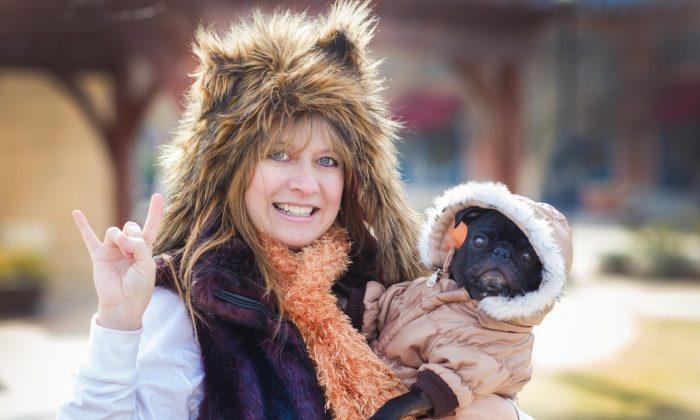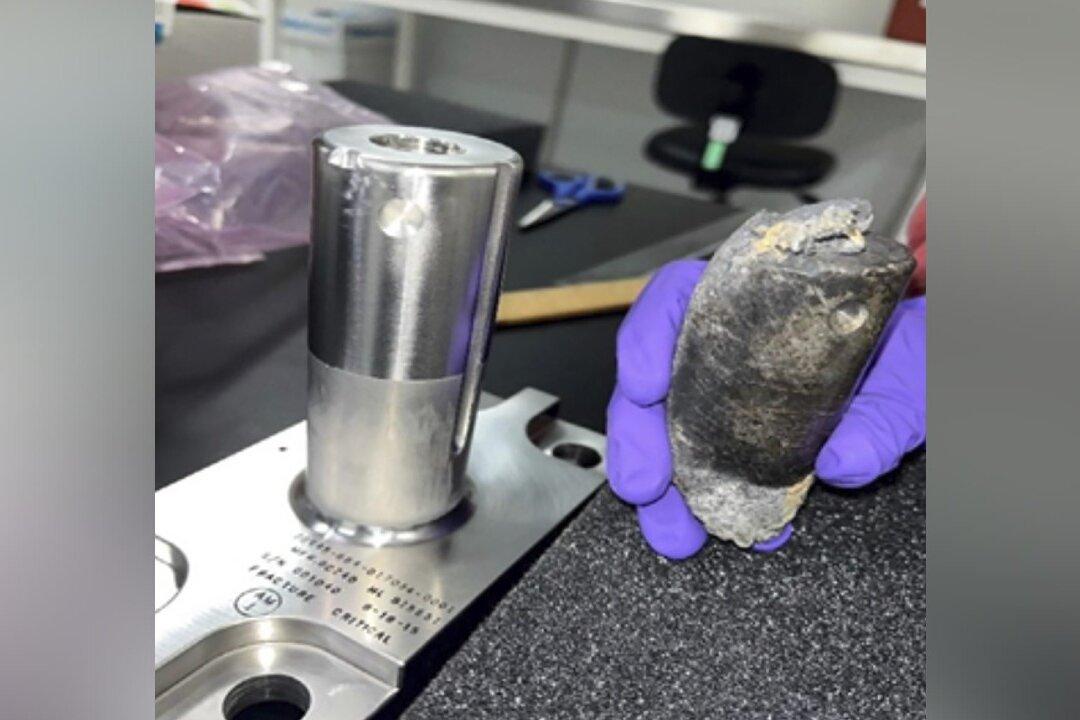Ask anyone who fosters dogs and they'll tell you that everyone says it.
“I hear it almost every time I adopt out a dog: ‘I don’t know how you do this, I wouldn’t be able to let them go,’” says Anne Auditore of Richmond, Virginia, intake coordinator for Mid-Atlantic Pug Rescue.
But many people who foster dogs have pretty much the same reply: Sure, you sometimes feel that way—but not as much as you might think. Says Auditore, “You can love them all, but they’re still not a good fit for your family.”
The kids wouldn’t be able to stand it, though, right? Forming an attachment and then saying goodbye?
In fact, in Denise Dunn’s case, fostering was her daughter’s idea.
“We had the dog for one day and she was all, ‘We can never give this dog back,’” says Dunn, who fosters for the Southside SPCA in Virginia. “However, after several days, she came to her senses and realized we were not looking for another member of our family, we’re looking to help find this dog a home.”
OK, so maybe the kids are good with it, but what about the dog you already have?
First impressions are important. “You have to understand that each animal is going to change the dynamic of your household in a different way,” says Carrie Santiago of Santa Rosa Beach, Florida, who fosters for The Southern Dog. “I always introduce them in a neutral area. I don’t bring a dog into my home and say, ‘Have a free-for-all.’”
Supervise all early encounters, separating the dogs with crates, baby gates or securely closed doors when you go out. “From there, we slowly integrate them all together—let them be together for short amounts of time—and then if that goes well we leave them out with our guys during the day,” says Auditore.
Still, aren’t these going to be dogs with big problems? Sure, some of them. Auditore often fosters dogs who need surgery, and others in her group specialize in blind, deaf, or old dogs. Santiago’s interests tend toward behavioral rehabilitation. “I’m really big on positive training to get them socialized and more adoptable,” she says. “I’m a sucker for the hard cases.”
Shelters in particular are often looking for foster homes for animals that need special attention. But many private rescue groups have all their animals in foster homes, and many of these are normal, healthy dogs.
What Auditore’s group is looking for in a foster home is simply a responsible dog owner, and they need a lot of them: Last year, they found homes for around 450 pugs.
So you don’t need to live on a big ranch or be home all day to foster an animal. “Most of us work full time. A lot of people have kids and families,” she says.
Volunteering with her group involves basically the same process as adopting an animal: filling out a form with basic information about your home, family, and schedule, and vet and personal references. Then there’s a home visit, to see which dogs will fit your situation.
“For example, our house has a lot of stairs, so we’re not going to be a good fit for a blind dog or a dog with mobility issues,” says Auditore.
If you’re interested in fostering, research how your local rescue groups work. Ask how they place dogs in foster homes—you shouldn’t be pressed to take on issues you’re not comfortable with. Find out what expenses are covered and whether you need to use a particular vet.
How long you end up having a foster pet depends on many factors—puppies, for instance, tend to go faster—including how expeditiously paperwork is processed, so ask about the group’s average.
Find out how you'll participate in finding your foster pet a home. Your input should be valued since you know the dog’s behavior in a home.
Policies differ on who makes the final decision. At shelters, it may be largely up to staff; Mid-Atlantic Pug Rescue is at the other extreme. “We leave it up to the fosters because they’re the ones that know these dogs,” says Auditore.
OK, but what if you really DON'T want to give them up?
Some people do end up adopting their foster pet, and while that’s jokingly called a “foster failure,” it’s not necessarily bad. Make sure you know the organization’s policies here as well—you may get priority, but not at the expense of putting off other applicants indefinitely.
In the end though, the idea is to let most foster pets go, and yes, it can be bittersweet to say goodbye. “It gets easier over time. The first one is the hardest,” says Auditore.
But that’s where the real reward lies, as Santiago learned when she saw her first foster pet, whom she had nursed through illness, at the dog park a few months later.
“It was so awesome to see him with his new family,” she says. “That sealed the deal—it’s worth every bit of energy you put in.”






Friends Read Free